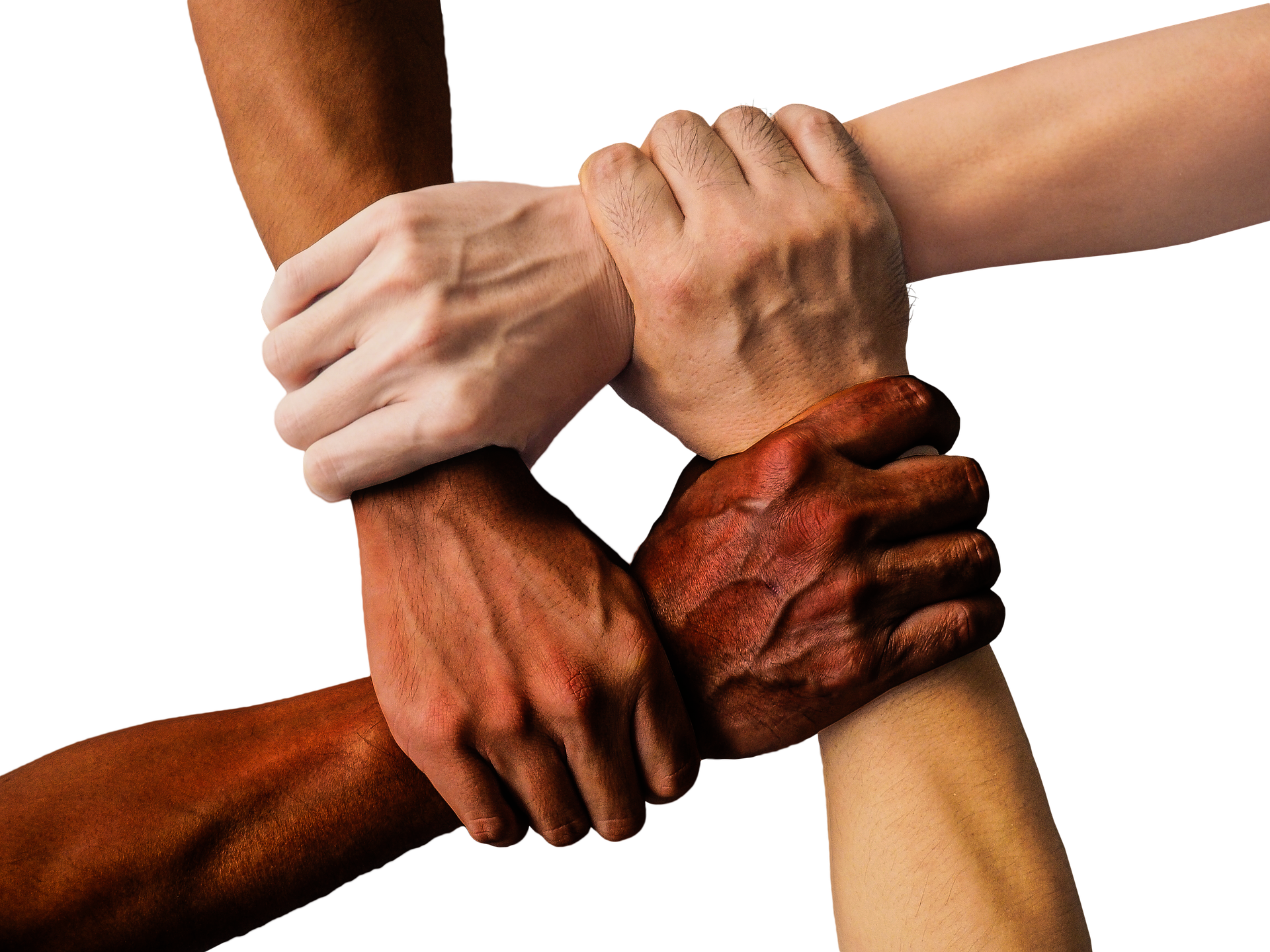
The COVID-19 pandemic has revealed a growing intergenerational divide in the interfaith sector - where different religious communities work together - according to a new report from the London School of Economics and Political Science (LSE).
The report, Interfaith Beyond the Pandemic: from London Communities to Global Identities, released today (Wednesday 21 July), finds that young people are increasingly more likely to see interfaith collaboration as a vehicle for social and political action. Older people, on the other hand, tend to be more focussed on dialogue and dogma.
Through a series of interviews with young people and faith leaders from different communities, an online survey and the organisation of a youth conference on the future of interfaith, the researchers found there has been a shift in young people’s understanding of faith.
As a result of the pandemic, young people have used digital platforms to create and join new interfaith networks that value inclusivity. These were set up as many young people feel traditional religious spaces are dominated by clergy and elders, with limited leadership opportunities for younger members.
These new groups have allowed young people to focus on issues of social action and justice, with one interviewee saying: “Interfaith should not always be about religion.” He explains it should focus on the most prominent issues facing contemporary society and practical action.
Whereas theological conversation and regular attendance at religious meetings defined interfaith in the 20th century, young people are using action-based words like “solidarity” to describe interfaith.
The researchers found that while there is no appetite from young people to entirely separate from traditional interfaith structures, there is a strong desire for those structures to adopt ideas around social action and be more welcoming and inclusive to younger voices, women and other faiths.
The interfaith sector has diversified during the pandemic, with new democratising initiatives giving a voice to previously under-represented groups.
The authors argue this positive shift needs to be embraced and taken forward beyond the pandemic. This includes championing the role of young people and social action and promoting leadership opportunities in interfaith to those who may be prohibited from more traditional roles.
The authors stress the need for religions to respond to the world in which they are a part and argue that unless they encourage wider participation and reflect contemporary life, they risk irrelevance.
Commenting on the findings, Dr Manmit Bhambra , report co-author said: “This research highlights the challenges that the interfaith sector faces around intergenerational inclusivity and representation, and offers practical solutions for the future. Our data also exemplifies the unique value of interfaith in fostering dialogue and understanding in an increasingly interconnected world where global tensions can quickly impact social cohesion at the local level.”
Revd Dr James Walters, report co-author added: “The UK has one of the most well-established interfaith sectors in the world and incredible work is being done to overcome religious divides at both the state and civil society level. We hope this research helps interfaith practitioners and policymakers improve their practice and navigate the multiple tensions that have been brought to the fore by the pandemic.”